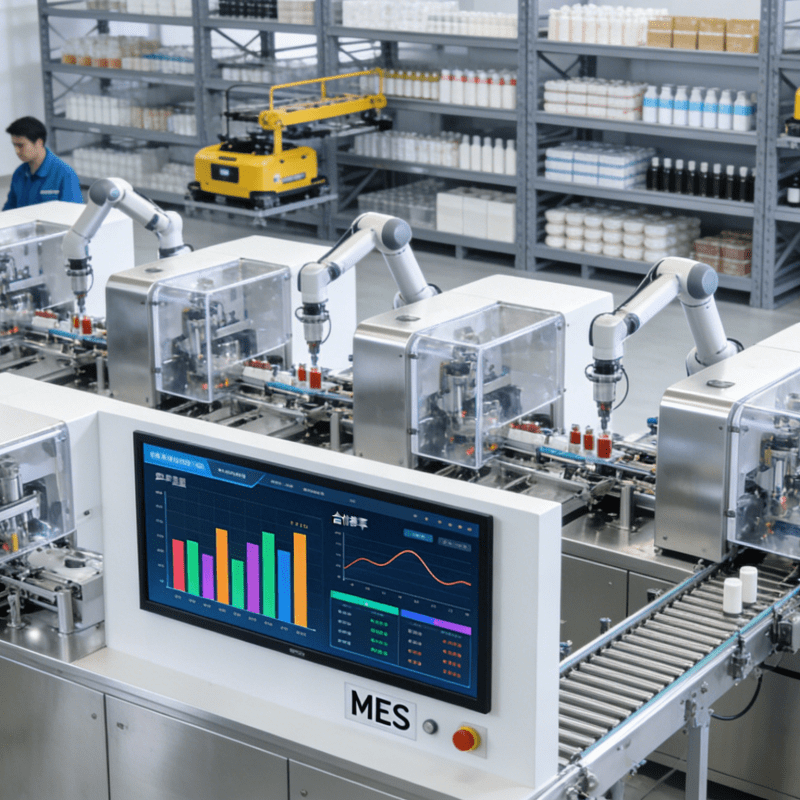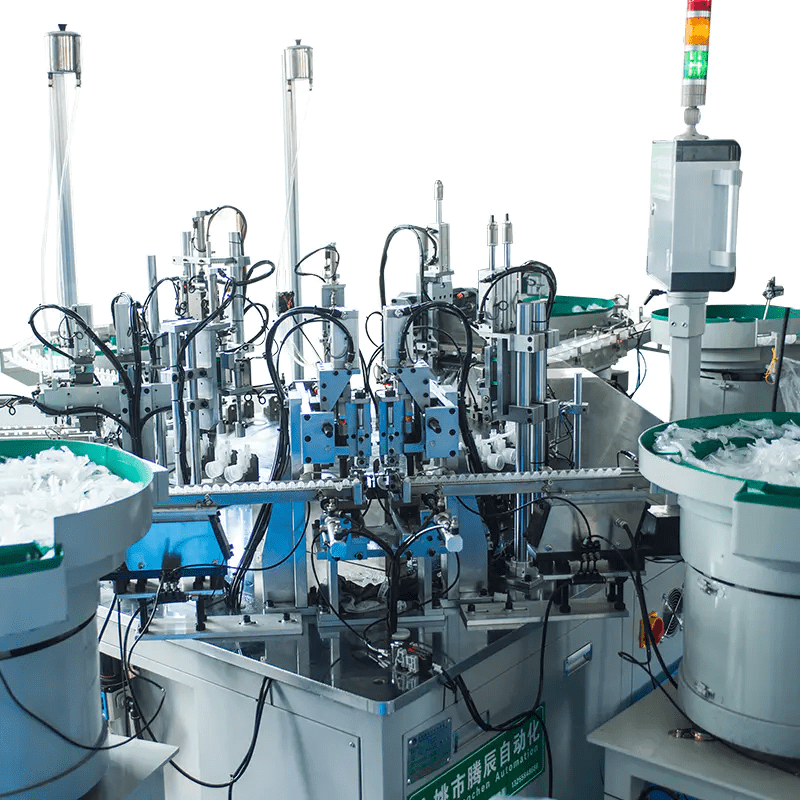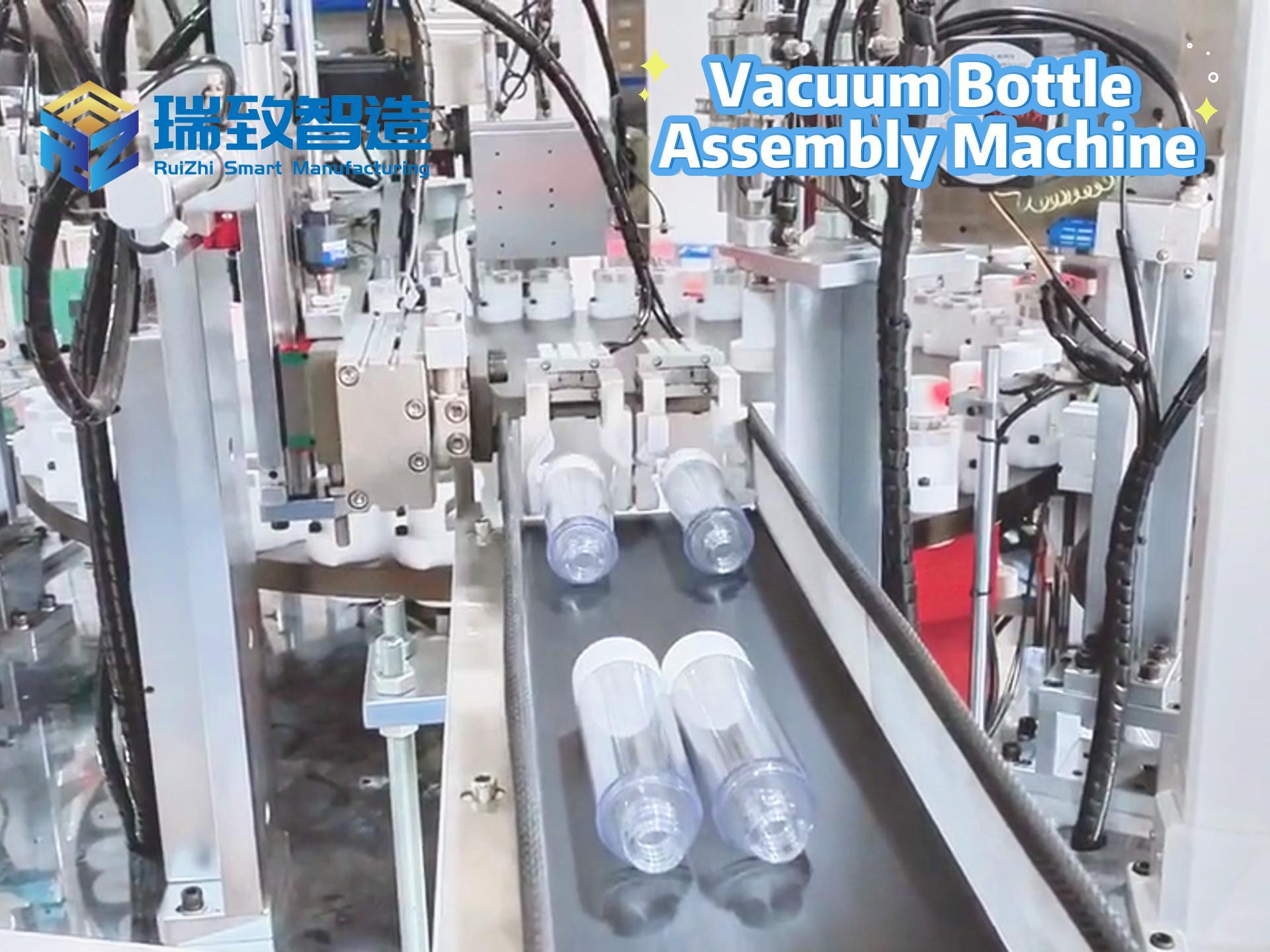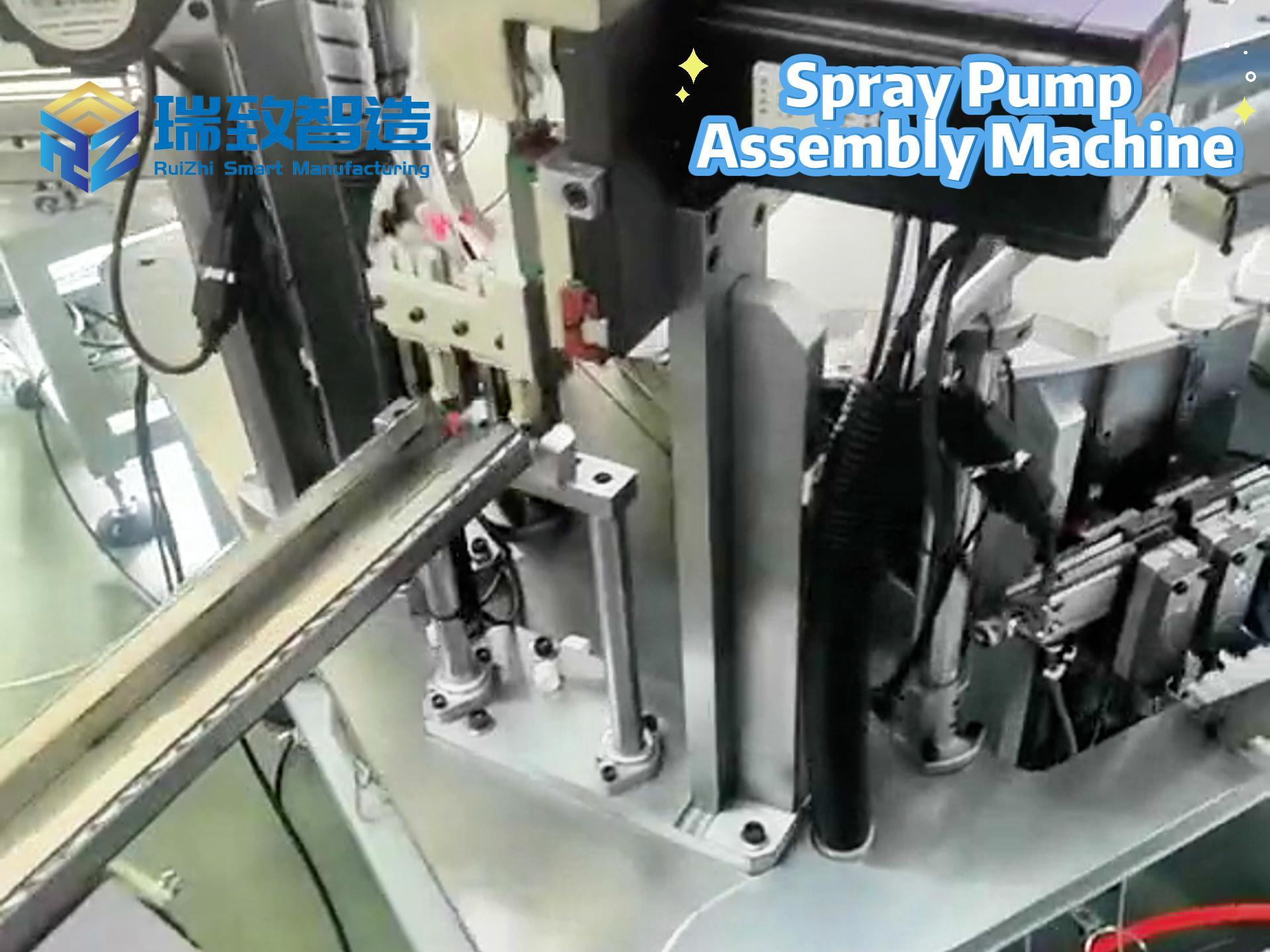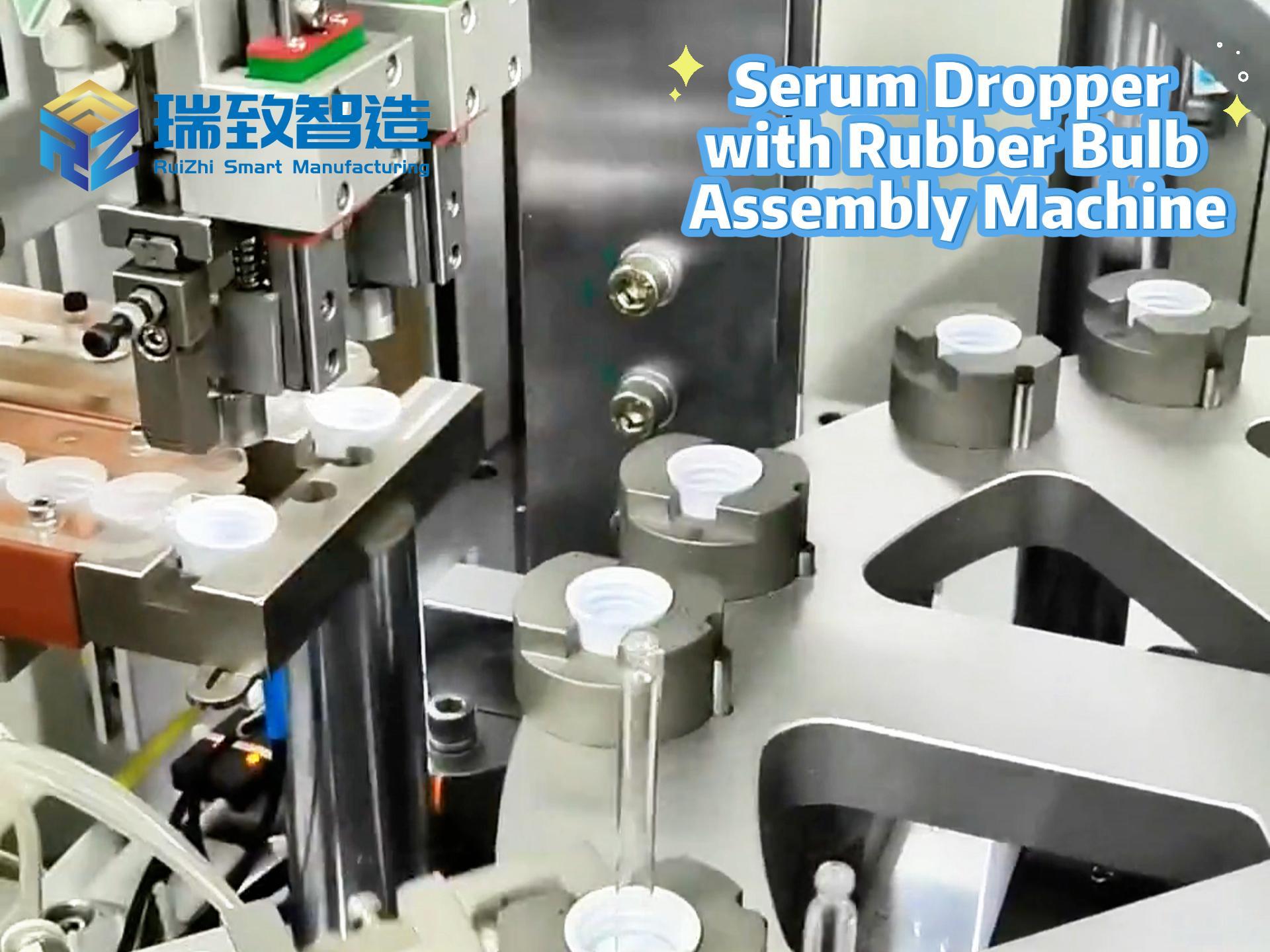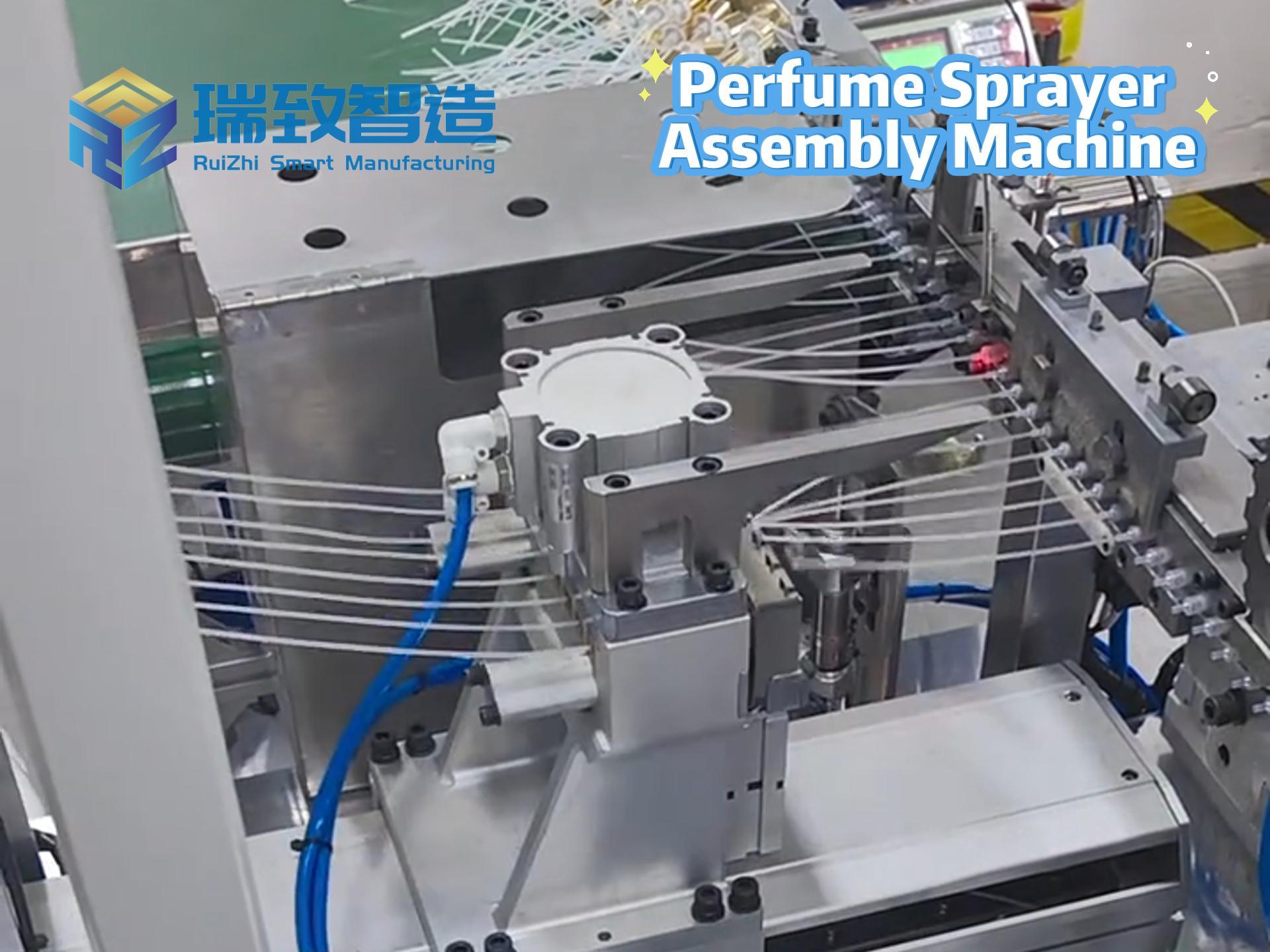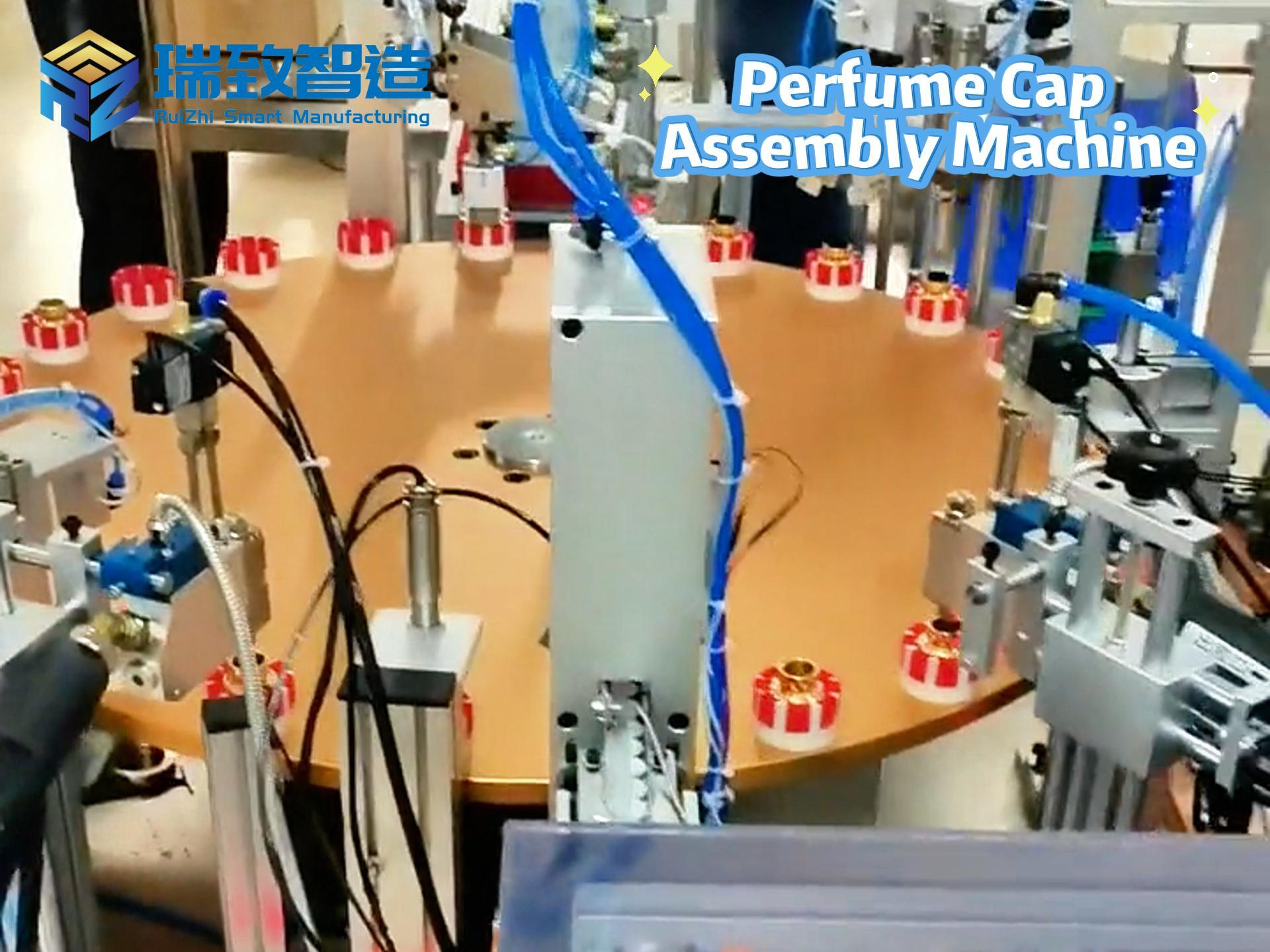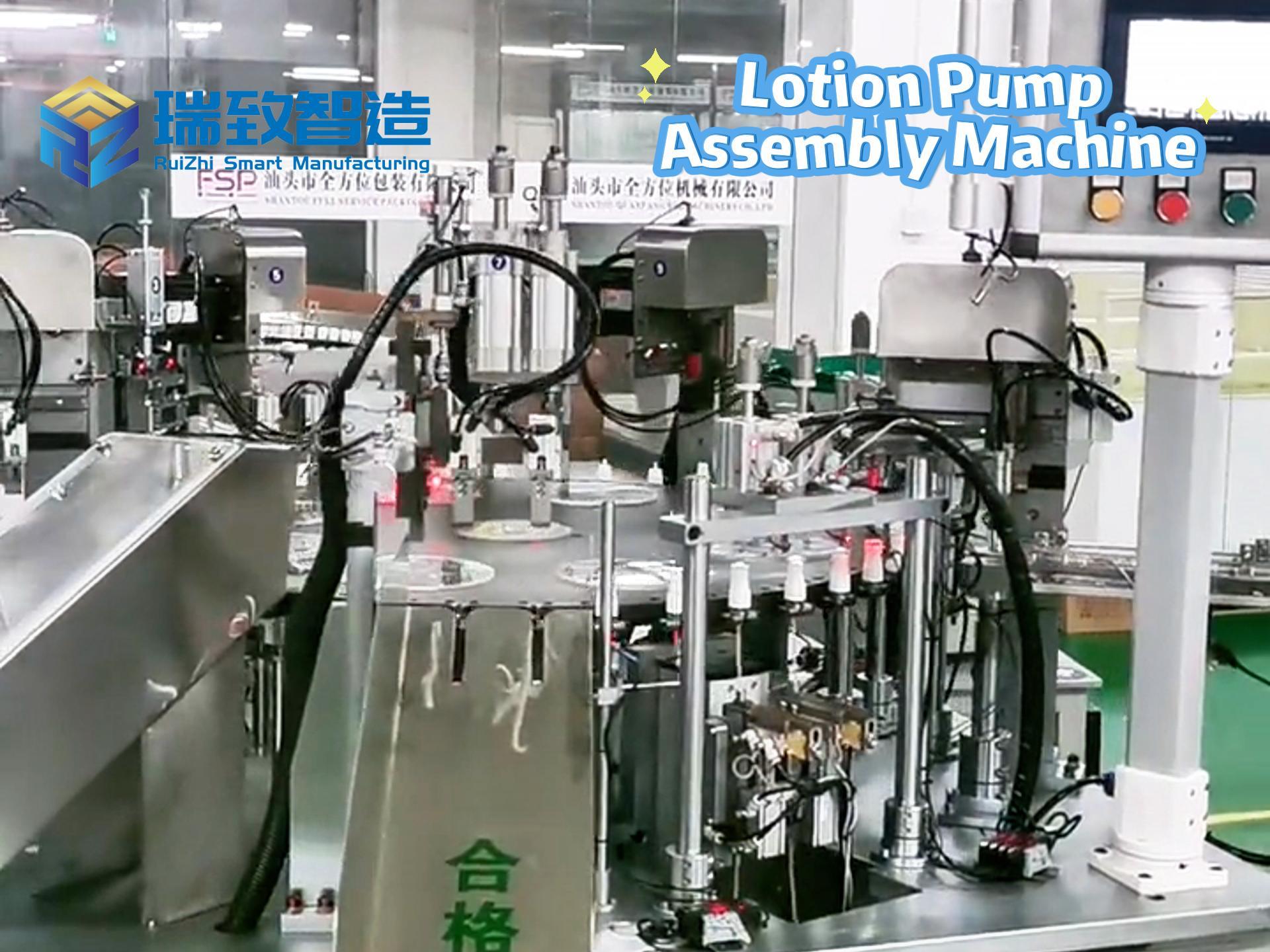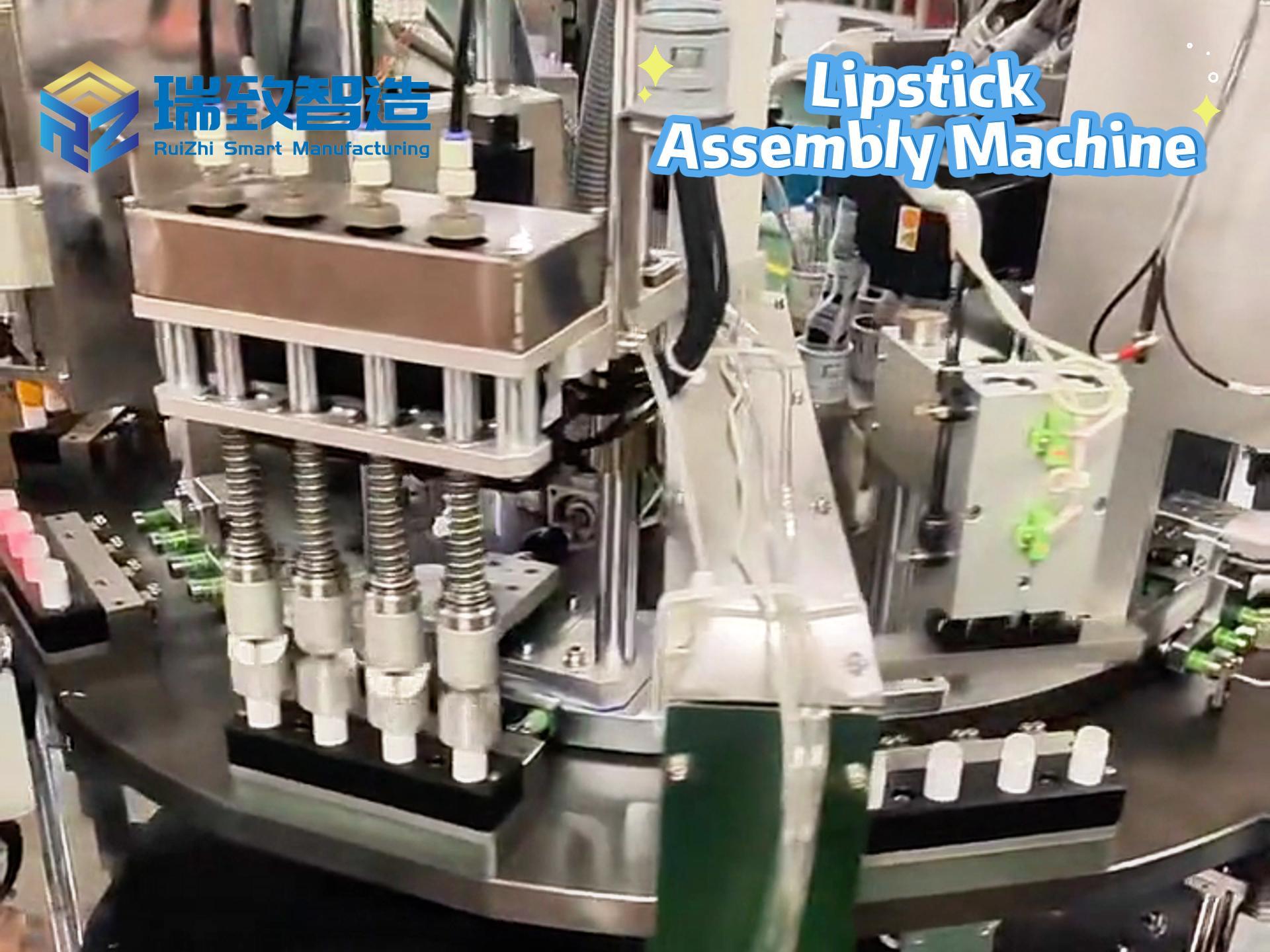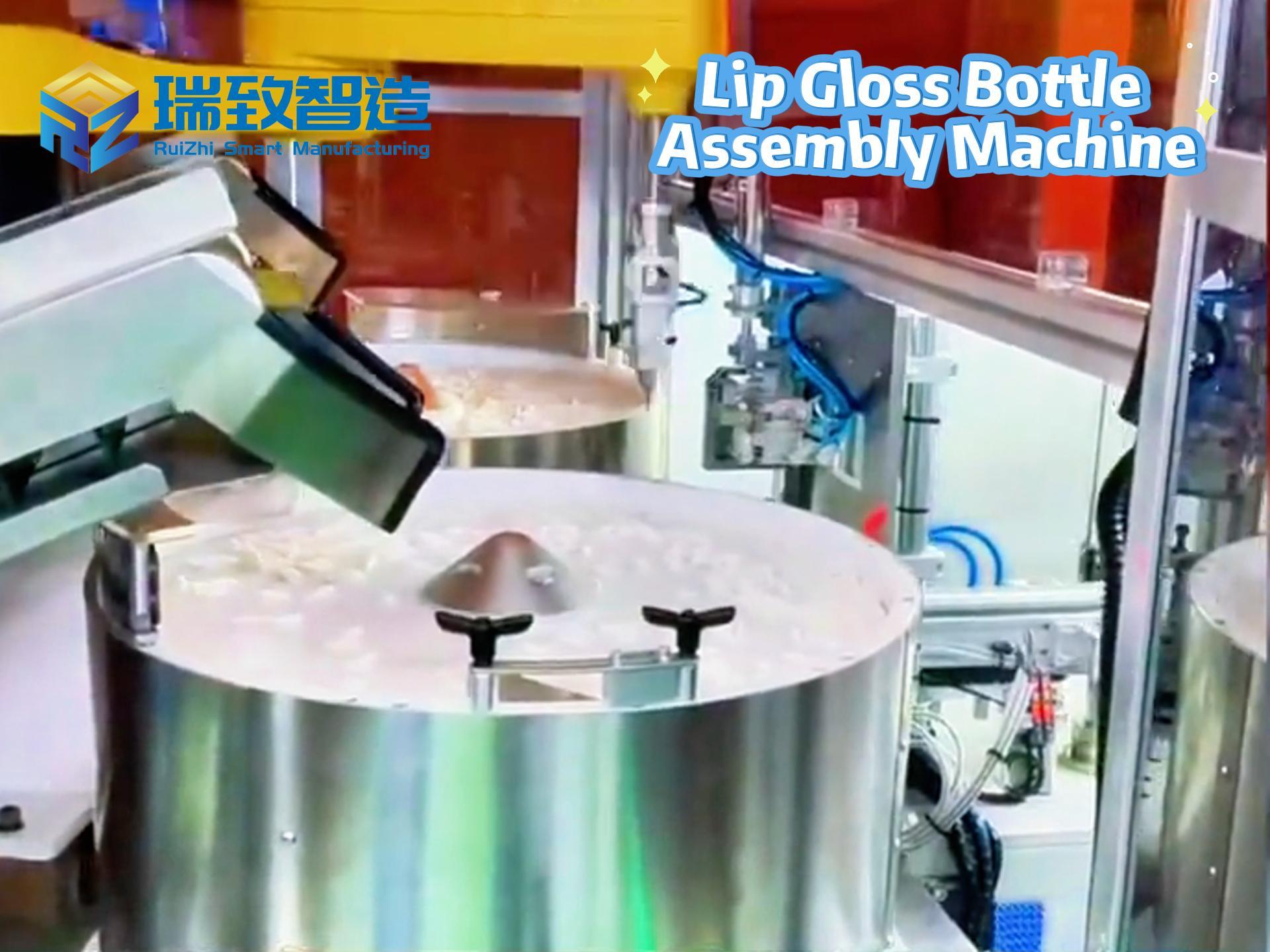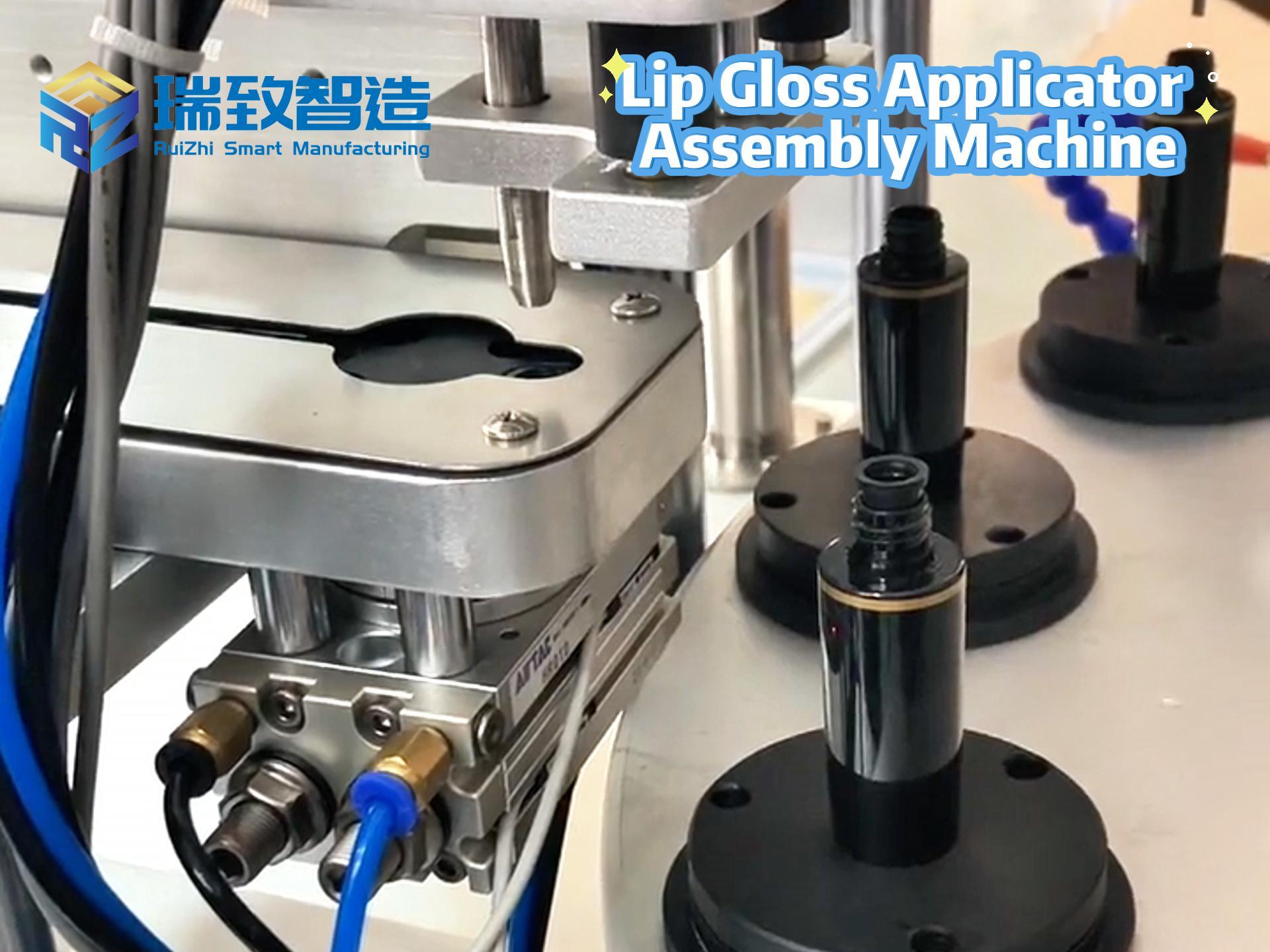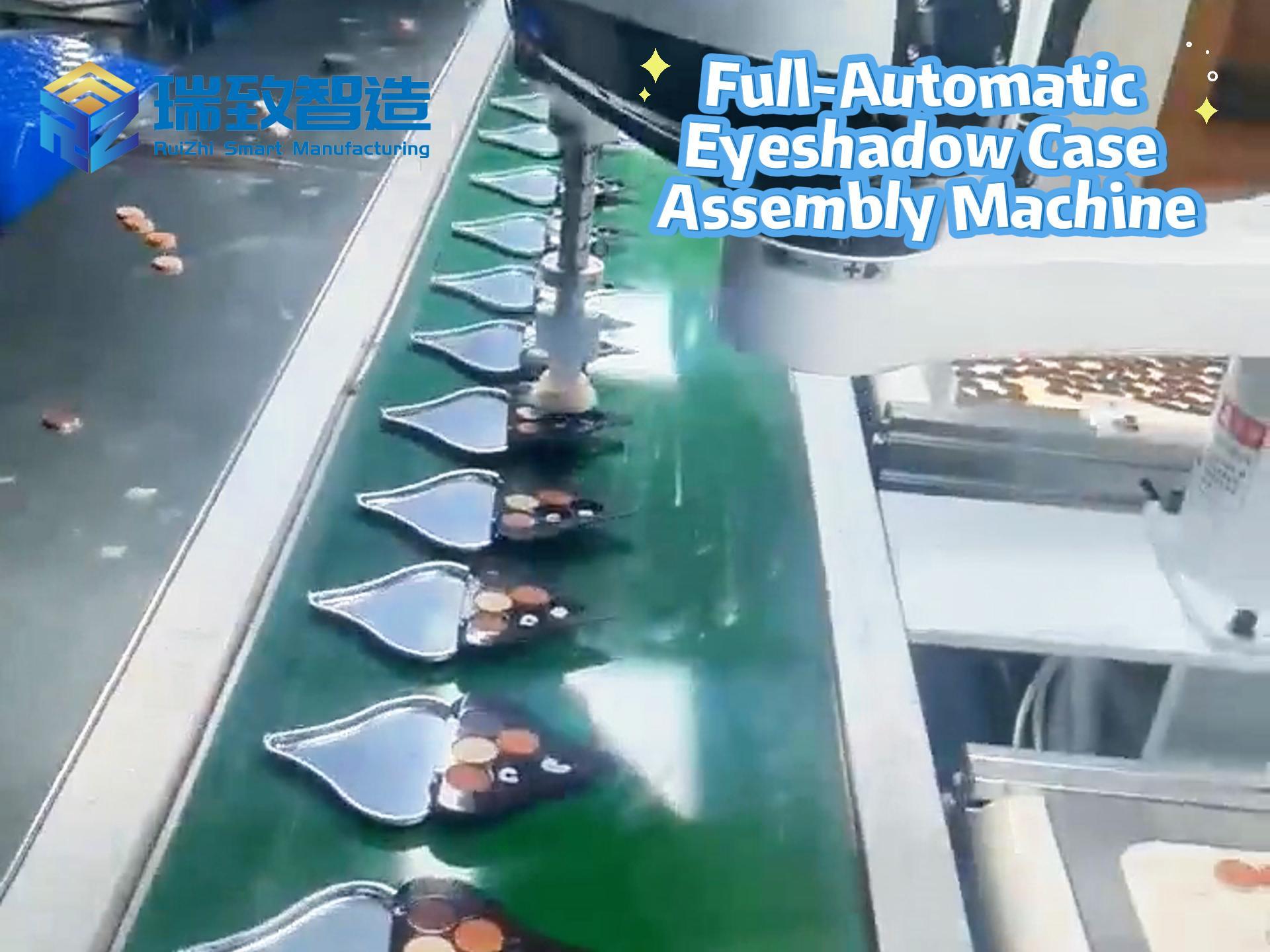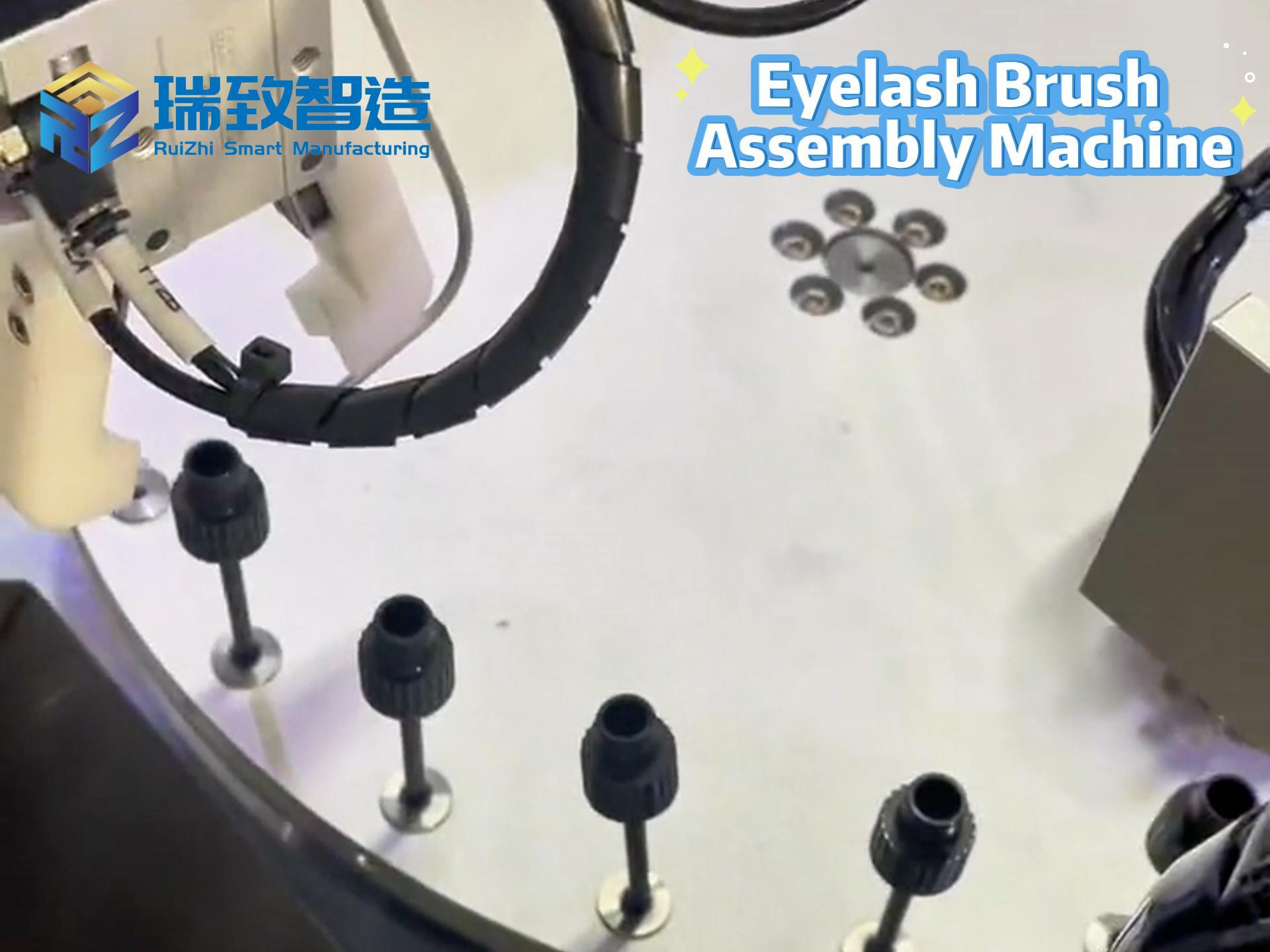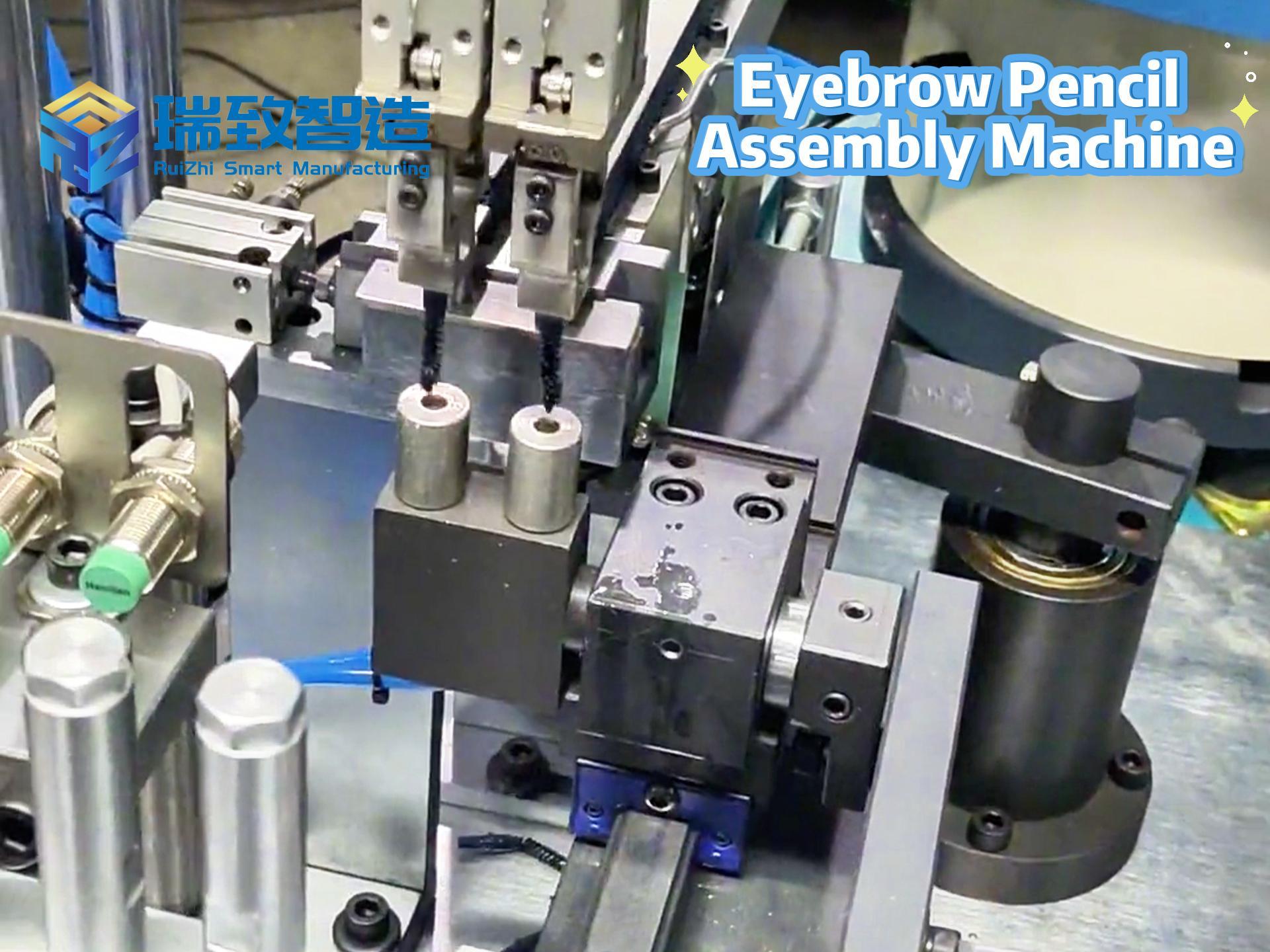Table of Contents
ToggleAvoiding Pitfalls in Flexible Automation Selection: Overpaid for Equipment? These 5 Parameters Must Be Understood

Scene Spotlight:
Factory Director Li of a furniture manufacturer stares tearfully at the newly arrived “flexible sorting line” — the supplier advertised “compatible with 50+ board sizes,” but it can only process 3 standard boards; non-standard wardrobe side panels can’t fit into the conveyor belt at all. It claims “10-minute changeover,” but when replacing fixtures for special-shaped parts, the robotic arm always interferes with the guide rail, requiring 3 hours of remote guidance from the manufacturer’s engineers to resolve… This 1.5 million yuan equipment now barely operates on the standard parts line, becoming a tasteless “chicken rib.”
I. Three “Sales Trap” of Suppliers—Have You Fallen for Them?
1. Exaggerated “Flexibility”: Parameters ≠ Actual Capability
- Trap: Using “theoretical compatible categories” instead of “actual operation stability” (e.g., advertising “suitable for 100 parts,” but the 11th special-shaped part triggers errors);
- Truth: A 3C OEM factory 实测 (field-tested) found that a brand’s equipment had an “official flexibility of 95%,” but when sorting multi-curved phone cases, the recognition accuracy was only 72% because the vision system algorithm wasn’t optimized for complex curves.
2. “Industry-Universal” Actually Means “Universal but Inapplicable”
- Trap: Suppliers pad their cases with “cross-industry examples” (e.g., directly applying solutions for automotive factories to electronics factories, ignoring process differences);
- Lesson: A medical device factory purchased a universal robotic arm without considering “medical-grade cleanliness” requirements, later spending an extra 300,000 yuan on dust covers and disinfection modules, exceeding the budget by 40%.
3. “Worry-Free After-Sales” Hides “Response Time Lag”
- Trap: Promising “24-hour on-site service,” but remote areas actually wait 48 hours, and “vulnerable parts are out of stock” (e.g., a factory waited 15 days for conveyor belt accessories, causing 500,000 yuan in production downtime losses);
- Data: The 2024 Automation Equipment After-Sales Surveyshows 37% of enterprises have experienced “spare parts supply delays,” and 22% of suppliers “raise prices arbitrarily” after the warranty period.
II. 5 “Hardcore Parameters” More Important Than Price!
1. Flexibility: Look at “Effective Changeover Time” Not “Theoretical Category Count”
- Core Indicators:
- No-program Changeover Rate: Proportion of materials that can be switched without modifying programs (excellent equipment ≥80%);
- Extreme Size Difference: Ratio of maximum/minimum material sizes handled (e.g., from 5mm screws to 300mm circuit boards—the larger the ratio, the more flexible).
- Case: When selecting equipment, an electronics factory required the supplier to demonstrate switching “from Bluetooth headphone cases to smartwatch cases” on-site. The measured changeover time was 12 minutes (up to standard), but the first-piece yield after switching dropped from 98% to 92%, leading to the model’s elimination.
2. Compatibility: Check “Interface Openness” and “Protocol Adaptation Table”
- Must-Check Items:
- Number of API Interfaces: Whether it can connect to the enterprise’s existing MES/ERP (e.g., equipment supporting only 2 old protocols requires 500,000 yuan for secondary development of the new system);
- Fixture Expansion Capability: Whether it supports third-party fixtures (e.g., a brand’s special fixtures cost 20,000 yuan/set, while open equipment universal fixtures cost only 5,000 yuan/set).
- Tool: Request a Compatibility Test Report, focusing on measured data for 3 extreme scenarios (minimum/maximum materials, most complex processes, cross-system docking).
3. Precision: Focus on “Dynamic Error” Not “Static Parameters”
- Easy to Confuse:
- Suppliers often mark “positioning accuracy ±0.1mm” (under static no-load conditions), but actual production errors with load and high-speed operation may triple;
- An auto parts factory didn’t test “precision in a vibrating environment.” After 3 months of operation, the bolt tightening torque error exceeded 5%, causing batch rework.
- Testing Method: Require suppliers to provide a precision curve under “full-load, full-speed working conditions,” focusing on the drift value after 8 consecutive hours of operation (excellent equipment ≤±0.05mm).
4. Energy Consumption: Calculate “Single-Workstation Hourly Cost” Not “Installed Power”
- Hidden Costs:
- A factory chose a low-installed power model to save money but found frequent start-stop of servo motors increased energy consumption by 15%;
- Correct Algorithm: Single-workstation hourly energy consumption = (equipment power × operation time + standby power consumption × downtime) ÷ output, combined with electricity prices for long-term cost calculation (e.g., an annual energy consumption difference of 50,000 kWh equals an extra 40,000 yuan).
5. After-Sales Service: Check “Spare Parts Warehouse Radius” and “Fault Code Coverage”
- Key Data:
- Spare Parts Warehouse Distance: Local warehouse ≤50 km (fast response), remote warehouse ≥300 km requires caution;
- Fault Self-Diagnosis Rate: Proportion of faults identifiable by the equipment’s built-in diagnosis system (excellent equipment ≥90%, otherwise relies on time-consuming manual troubleshooting).
- Case: A food factory chose equipment from an out-of-town brand. A conveyor belt breakage fault required spare parts to be transported from headquarters, causing 48 hours of downtime and 1.2 million yuan in losses—far exceeding the equipment price difference.
III. Industry-Specific Selection Priorities—Don’t Miss the Point!
| Industry | Core Parameter Priority (★越多越重要) | Special Requirements |
| 3C Electronics | Flexibility ★★★★★ Compatibility ★★★★☆ | Anti-static design, micro-parts recognition accuracy |
| Avtodeli | Precision ★★★★★ Energy Consumption ★★★★☆ | Oil resistance, high-strength operation stability |
| Food & Medicine | Compatibility ★★★★★ After-Sales ★★★★★ | Sterile materials, rapid cleaning validation |
| Hardware & Furniture | Flexibility ★★★★☆ Precision ★★★☆☆ | Large-material load-bearing, impact resistance |
IV. Three Pitfall-Avoiding Tricks: From “Reading Promotions” to “Verifying Reality”
1. On-Site “Extreme Stress Testing”
- Bring 3 最难处理的物料 (most difficult materials, e.g., smallest/largest/special-shaped parts) to the supplier’s factory, requiring:
- 10 consecutive switchovers, recording average changeover time and yield fluctuation;
- 24-hour full-load operation, monitoring motor temperature and noise changes (alert if temperature rise exceeds 50℃ or noise surges).
2. Check “Authentic Customer Complaints”
- Bypass supplier-recommended cases and privately contact purchased enterprises in the same industry (through industry associations, exhibition networks), focusing on:
- “Under which working conditions does the equipment fail?” (e.g., a factory found competitors’ equipment frequently crashed at humidity >80%);
- “Which promised functions did the supplier fail to deliver?” (common issues: delayed software updates, procrastinated customization requests).
3. Sign a “Stepped Payment Agreement”
- Payment milestones linked to acceptance indicators (example):
- 30% down payment: Contract signing;
- 40% second payment: Equipment arrival, passing “3 standard material tests”;
- 25% third payment: Completing 1-month trial operation, OEE ≥85%;
- 5% final payment: Warranty period expired, after-sales response meets standards.
- A medical device factory used this clause to force suppliers to resolve “cleanliness non-compliance,” avoiding 800,000 yuan in direct losses.
V. Peer Comparison: Right vs Wrong Selection—How Big Is the Gap?
| Dimension | Wrong Equipment (Factory C) | Right Equipment (Factory D) | 3-Year Total Difference |
| Equipment Investment | 1.8 million yuan (including 300k rework) | 2 million yuan (right-first-time) | +200,000 yuan |
| Downtime Loss | Annual average 800,000 yuan (faults + adaptation) | Annual average 150,000 yuan (fast spare response) | -650,000 yuan/year |
| Order Acceptance | Rejected 12 custom orders due to low precision | Added 25 high-margin orders | +3 million yuan/year |
| Total ROI | 150% (dragged down by hidden costs) | 280% (parameter adaptation + worry-free after-sales) | +130% |
Act Now: Free Download Flexible Automation Selection Checklist
Scan the code and reply “Selection” to get a toolkit including:
- 20 must-check parameter tables (with industry adaptation guides);
- Supplier background check list (including 5 key contact acquisition methods);
- Acceptance test scripts (ready for on-site testing).
Flexible automation selection isn’t about “choosing expensive” or “choosing cheap”—it’s about “choosing right.” When suppliers bombard you with slogans like “industry number one” or “king of cost-effectiveness,” remember: data is more reliable than promises, field tests are truer than cases, and after-sales service is more important than parameters. The next issue, Flexible Automation Implementation: 10 Key Nodes from Installation to Mass Production, will teach you how to make equipment effective upon launch, avoiding the embarrassment of “half a year to transform, a year to debug”!
(Follow us for more selection pitfall-avoiding tools, ensuring every investment counts!)
#injection molded products #injection feed #injection molded


